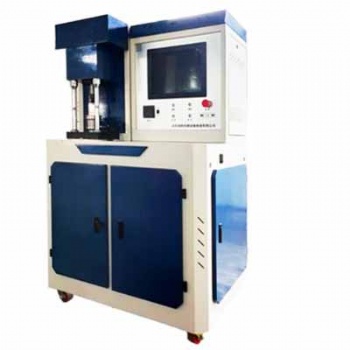News
Understanding Load Cells – The Backbone of Force Measurement
Understanding Load Cells – The Backbone of Force Measurement
Load cells are critical components in a wide range of industries, providing precise force measurement essential for quality control, safety, and performance evaluation. Whether in industrial manufacturing, transportation, or healthcare, these devices ensure accuracy in weighing, tension, compression, and other applications.
What Is a Load Cell?
A load cell is a transducer that converts a force or load into an electrical signal. The signal is proportional to the applied force and can be measured and analyzed to ensure accurate readings. Load cells are versatile and come in various designs to cater to specific measurement needs.
Types of Load Cells
Compression Load Cells
Measure force applied in a downward direction.
Commonly used in weighing scales and structural testing.
Tension Load Cells
Measure pulling forces.
Ideal for cable tension testing and crane scales.
Shear Beam Load Cells
Designed for industrial weighing applications like platform scales.
S-Type Load Cells
Compact and reliable for tension and compression measurements.
Used in testing machines and hanging scales.
Single Point Load Cells
Suitable for small and medium-sized weighing platforms.
Canister Load Cells
High-capacity applications such as truck scales and tank weighing systems.
How Does a Load Cell Work?
The core principle of a load cell lies in strain gauges. These gauges, attached to the body of the load cell, deform when force is applied. The deformation alters their electrical resistance, which is converted into an electrical signal. This signal is then amplified and interpreted to determine the applied force.
Applications of Load Cells
Industrial Weighing
Used in hopper scales, conveyor belts, and batching systems.
Material Testing
Essential for tensile, compression, and fatigue testing.
Aerospace and Automotive
Monitor stress and load in structural components.
Medical Equipment
Measure force in prosthetics and patient lifts.
Construction
Evaluate the load-bearing capacity of materials and structures.
Advantages of Using Load Cells
Accuracy: High precision even under challenging conditions.
Durability: Designed to withstand extreme environments.
Versatility: Available in various configurations for different applications.
Compact Design: Suitable for integration into diverse systems.
Selecting the Right Load Cell
When choosing a load cell, consider the following factors:
Capacity: Ensure the load cell can handle the maximum expected force.
Environment: Select a design suited for temperature, humidity, and other environmental factors.
Type of Measurement: Choose between tension, compression, or combined types.
Accuracy Requirements: Higher precision may require specialized models.
Maintenance Tips for Load Cells
Regular Calibration: Ensures accuracy over time.
Protect from Overloading: Avoid applying forces beyond the rated capacity.
Environmental Protection: Use sealed models in wet or corrosive environments.
Inspect Connections: Check wiring and connectors periodically for wear.
Conclusion
Load cells are the cornerstone of modern force measurement, combining reliability and accuracy across diverse applications. By understanding their types, functions, and benefits, businesses can optimize operations and maintain high-quality standards.
Invest in the right load cell today and unlock precision for your measurement needs!
2 ton tensile testing machine factory, 100kn digital compression testing machine factory, 2000kn digital compression testing machine factory, 600kn digital compression testing machine factory
Categories
Contact Us
- +86-18615632092
- wtbequipment@hotmail.com
- sophie-tester
- +86-18615632092




 售前客服
售前客服